David Askevold (1940–2008)
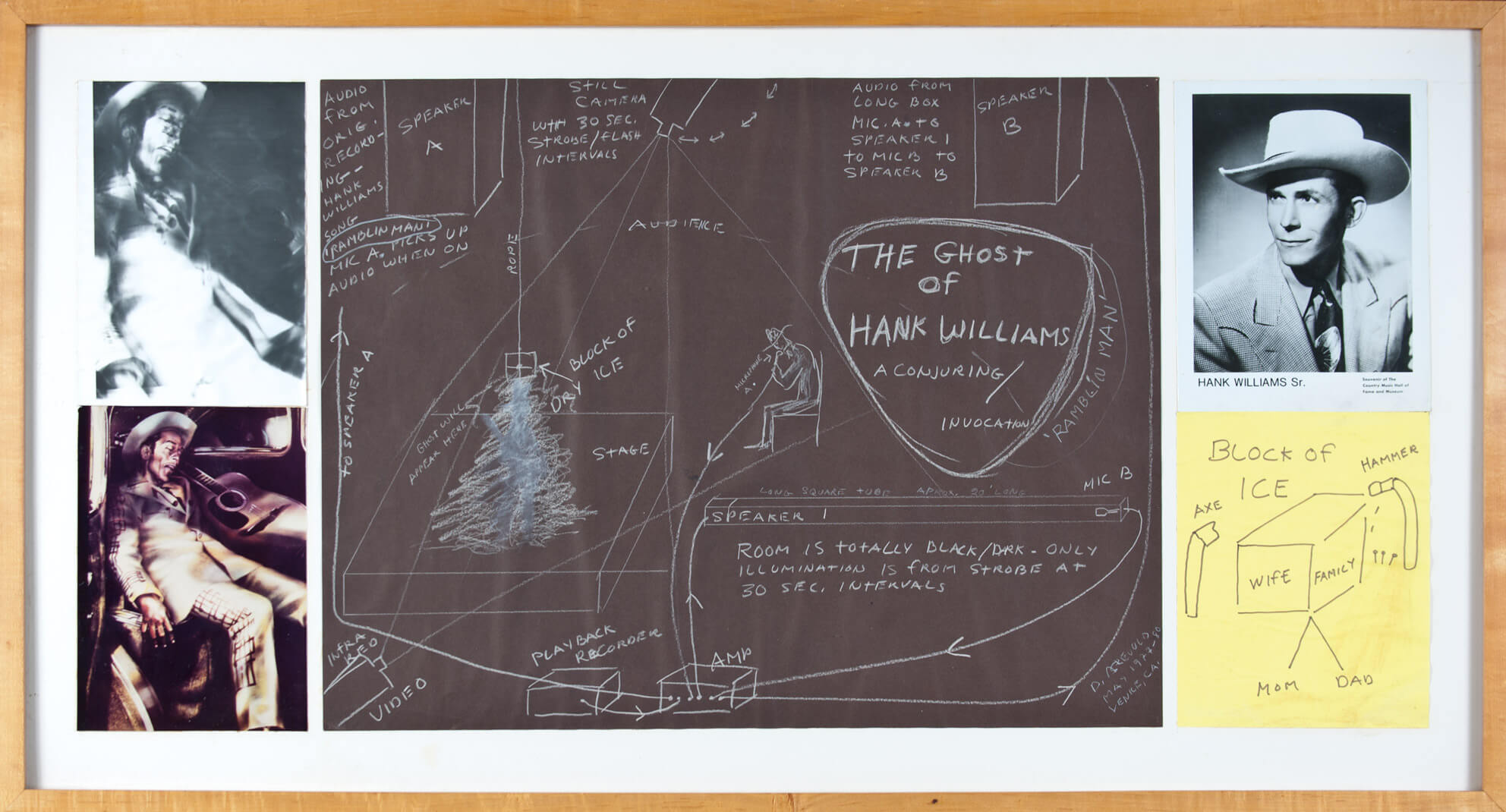
David Askevold, The Ghost of Hank Williams, 1977–80
Colour photographs, black and white photographs, and drawings, 63.5 x 119.4 cm
Estate of David Askevold, from David Askevold: Once Upon a Time in the East, © 2011 Art Gallery of Nova Scotia, photographs © the Collection of the Estate of David Askevold, reprinted by permission of Goose Lane Editions and the Art Gallery of Nova Scotia
In his lifetime David Askevold was as well known as an educator as he was as an artist. As a teacher he was noted for bringing Post-Minimalist Conceptual art approaches to the classroom, and for the way his teaching integrated art practice into the student experience. As one former student, artist Mike Kelley (1954–2012), noted of a year Askevold spent at CalArts amidst a faculty that included such avant-garde figures as John Baldessari (1931–2020), Laurie Anderson (b.1947), and Douglas Huebler (1924–1997), “his work struck me as the strangest, the most dense, and the scariest of the lot.”
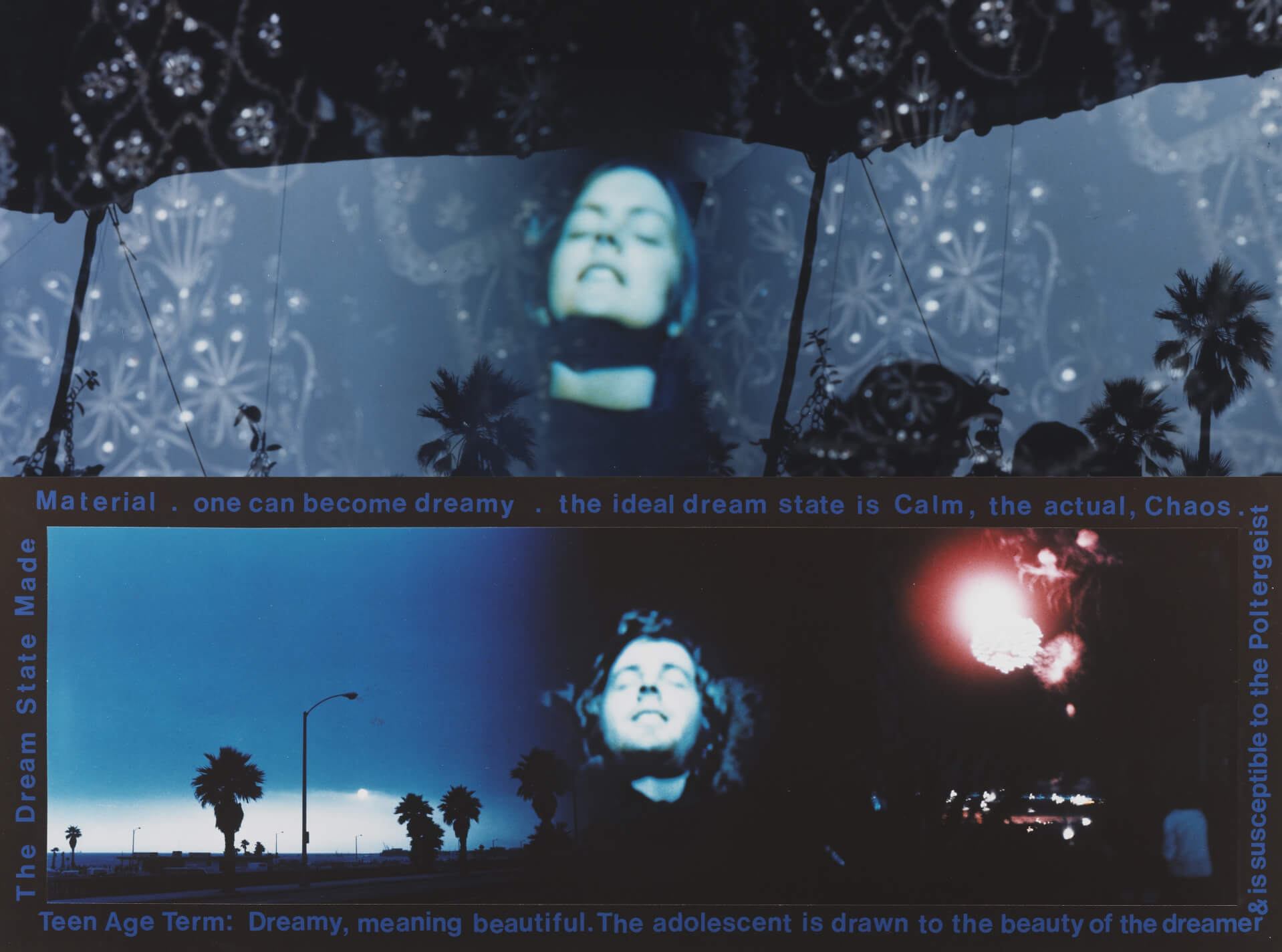
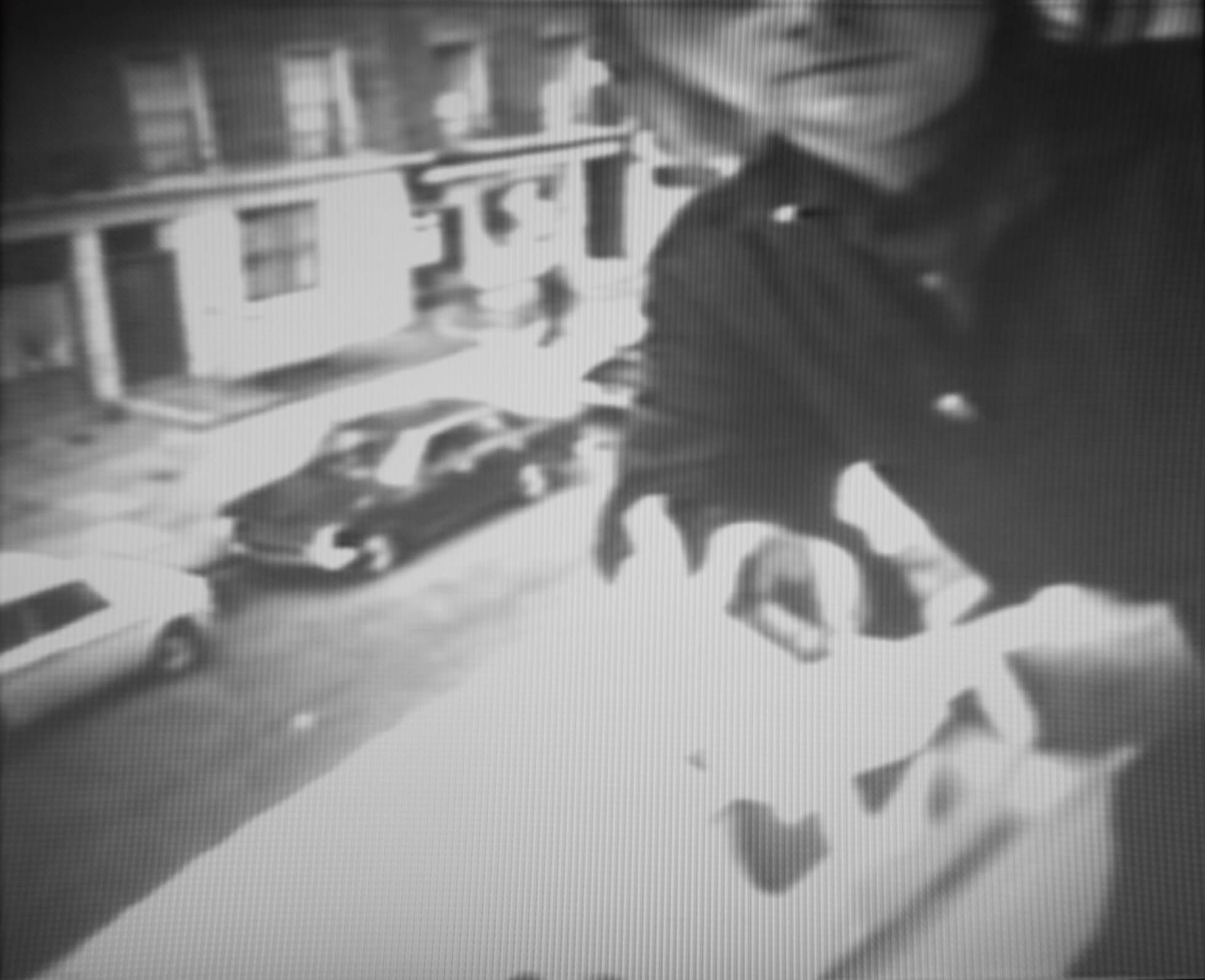
David Askevold was born in Montana in 1940 and studied art at the Brooklyn Museum Art School and the Kansas City Art Institute. In the mid-1960s Askevold lived and worked in New York, where he first exhibited at the John Gibson Gallery. Active in showing Minimalist and land art, the John Gibson Gallery also first showed many early Conceptual artists, such as Baldessari and Jan Dibbets (b.1941).
In 1968 Askevold was hired to teach at the Nova Scotia College of Art (renamed the Nova Scotia College of Art and Design [NSCAD] in 1969), where he remained, off and on, until 1992. There were three main thrusts in Askevold’s work: photo-texts, videos, and digital images. From the late 1960s though the 1970s he primarily worked in photo-text works and was associated with the Narrative or Story Art group in New York in the mid-1970s that included Baldessari, Dennis Oppenheim (1938–2011), Bill Beckley (b.1946), and others.
In 1969 Askevold started his Projects Class, an innovative program at NSCAD that ran until 1972, in which he invited artists, including Robert Smithson (1938–1973), N.E. Thing Co. (active 1967–1978), Joseph Kosuth (b.1945), and Lawrence Weiner (1942–2021), to work with students to realize projects. These would consist of instructions, often delivered by mail, for the students to perform various actions to create the work of the guest artist. The artists would also be invited to NSCAD, and most of the projects were realized as exhibitions in the school’s Mezzanine Gallery.
In 1970 Askevold was included in Information, the Museum of Modern Art’s seminal Conceptual art exhibition. In 1977 he was included in documenta 6 in Kassel, Germany, and throughout his career he exhibited widely across the world.
He began making video art in the early 1970s, and by the 1980s it was his primary art form. In the late 1990s he began to be interested in digital art, and for the remainder of his career he worked with computer-generated images and videos, often combining found imagery with his own photographs.

David Askevold died in 2008 while the retrospective exhibition David Askevold: Once Upon a Time in the East was in production. It opened in Ottawa at the National Gallery of Canada in 2011 and travelled to the Armory Center for the Arts in Pasadena and the Confederation Centre Art Gallery in Charlottetown before closing in Halifax in 2013.

 About the Author
About the Author
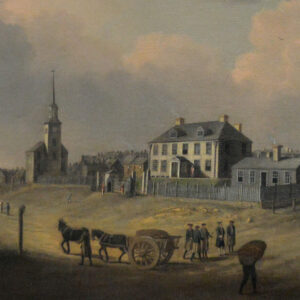 More Online Art Books
More Online Art Books
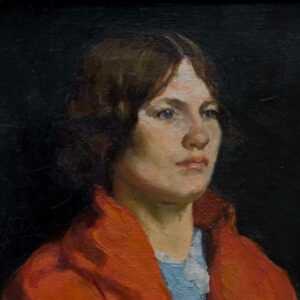 Acknowledgements
Acknowledgements